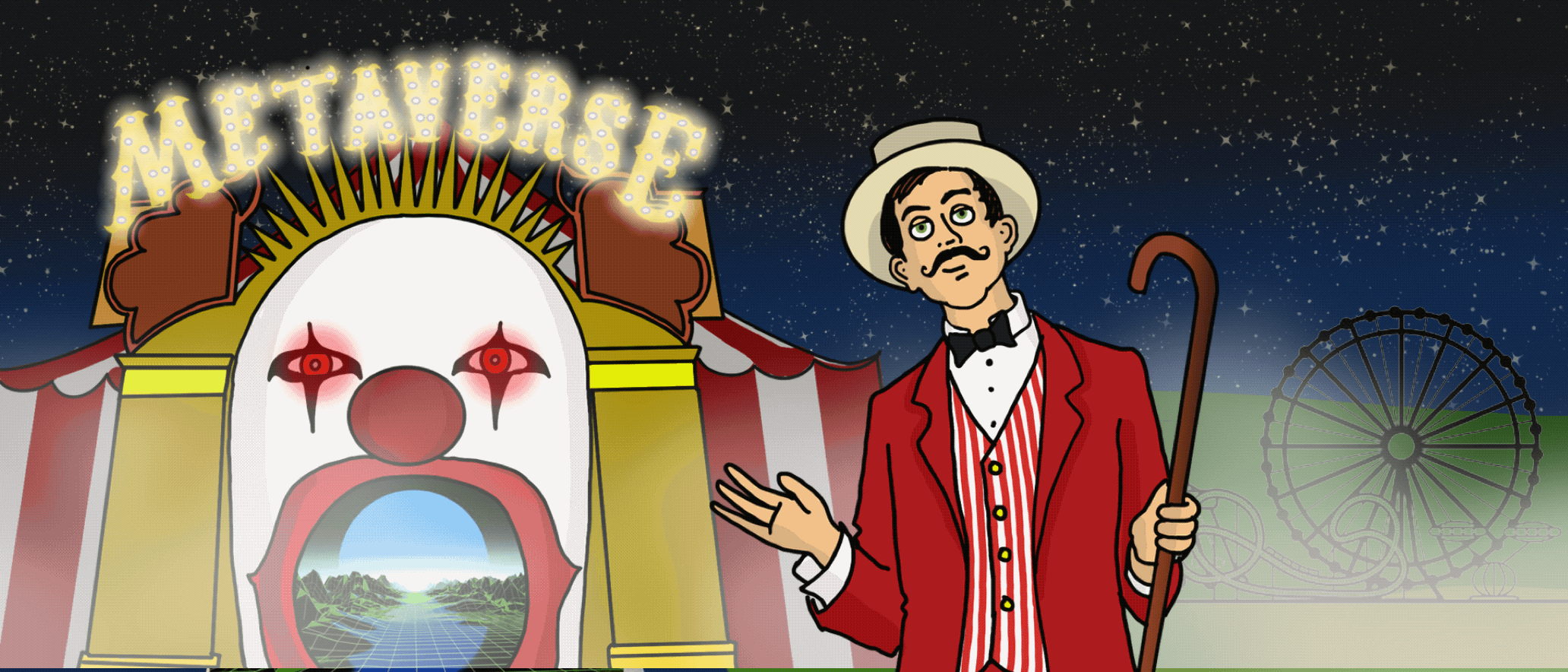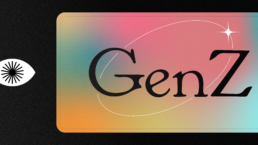What are the signals we’re seeing?
There have been many eye-catching headlines heralding the arrival of the Metaverse. Its Google Trends history looks like a heartbeat coming to life. Most notably, on October 28th, Mark Zuckerberg announced that Facebook would be changing its name to Meta as the company begins a public pivot from a social media company to a metaverse one.
Where did the term come from?
In 1992, Neal Stephenson introduced The Metaverse in his science-fiction novel Snow Crash. It’s been reimagined numerous times since then, usually in dystopian science fiction like Ready Player One and The Matrix.
What is a Metaverse, exactly?
In his 2020 treatise The Syntellect Hypothesis, Futurist Alex Vikoulov summarizes the metaverse as “the functional successor to today’s 2D Internet, with virtual places instead of Webpages.” Simply put, the metaverse is the next significant evolution of the Internet (the last evolution being the mobile web). Navigating 3-D digital environments with your avatar in video games is a concept most people can wrap their heads around. Now imagine these game mechanics being repurposed for navigating anything & everything you visit on the Internet today— especially interactions with other people. Truth be told, there will be numerous metaverses vying for people’s time and attention, but it’s intriguing to think of one emerging as the go-to virtual environment for the masses.
What will it look like?
It might not look as unfamiliar as you’d expect; small-scale metaverses have been around for a while. Second Life will go down in history as a major precursor to modern Metaverses, as will MMORPGs like World of Warcraft. While we don’t know exactly what a “metaverse for the masses” will look like, whoever succeeds in creating it will have to make it accessible, customizable, and irresistible.
Why is Illuminator bullish on it?
Significant “proofs of concept” are succeeding. Consider Roblox, the freeform, free-to-play phenomenon that went public earlier this year and boasts a $45B valuation. Two-thirds of all U.S. kids between 9 and 12 years old use Roblox, and it’s played by a third of all Americans under the age of 16, according to the company. Or look at the staggering success of Fortnite, a game that has acquired over 350 million unique users and netted over $9B since it was introduced in 2017. Its Party Royale mode enables (non-gaming) experiences, like a 2020 Travis Scott virtual concert that drew 12.3M live viewers, with 27.7M unique players participating overall. Both titles demonstrate an impressive subsection of the market uniting around a shared experience. We feel it’s only a matter of time before something bigger comes along that reaches a tipping point, and realizes the promise of The Metaverse.
What will it look like?
As a brand leader, is the metaverse something you should be losing sleep over? Not yet. Is it something that you should be thinking about and planning for? Absolutely. Just like when your company first built a website or mobile presence, it will inevitably have to carve out a place in the metaverse. Start discussing what experiences would be credible and meaningful to your customers in a metaverse environment. Spend some time talking to friends and family members who invest their time in things like Roblox and Fortnite, or better yet, spend some time in these worlds to experience them firsthand. Read coverage of early adopter brands who delved into Second Life, and extract relevant lessons for your brand. And if you’d like to schedule a brainstorming session with a creative agency that’s living and breathing all things Web3, shoot us a note.
In Part 2, we will explore what meaning metaverses will have for consumers.
Illuminator is a digital-first advertising agency designed to show brands the way forward in an ever-shifting media landscape. We believe every brand has a compelling story to tell. We’ll help you tell yours.
We’re the agency you’d create if you were creating an agency today.
Latinos in U.S. Advertising
January 5, 2023
Illuminator Illuminates: Generation Z
January 3, 2023
Signal Flares: I.5
November 24, 2022




